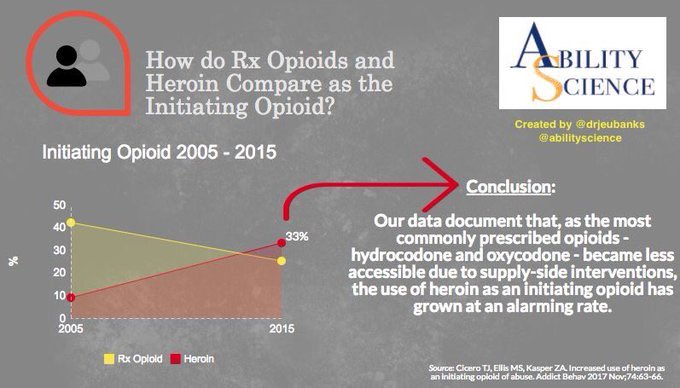 www.doctorsofcourage.org/republican-secret-attack-on-doj/
www.doctorsofcourage.org/republican-secret-attack-on-doj/
On 12/20/2017, an article was written claiming that House Republicans are quietly investigating perceived corruption at DOJ, FBI. The group was born out of frustration over the Justice Department’s refusal to explain how it used a disputed dossier that describes alleged ties between President Donald Trump and Russia. How can we use this?
First, identify who the members of this group are. It is a subset of the Republican members of the House intelligence committee, led by Chairman Devin Nunes of California. It’s unclear how many members of the intelligence committee are participating in the side effort. Lawmakers on the full committee refused to discuss it.
Potential committee members are Rep. Mike Conaway (R-Texas), and Rep. Peter King (R-N.Y.), another member of the panel.
Rep. Trey Gowdy (R-S.C.) was not among the participants. He is and will always be a defender of the FBI, DOJ and the special counsel,” the aide said. Rep. Adam Schiff (D-Calif.), the top Democrat on the House intelligence committee, is also a DOJ supporter.
Nunes’ has aired his suspicions about the law enforcement agencies before.
“I hate to use the word corrupt, but they’ve become at least so dirty that who’s watching the watchmen? Who’s investigating these people?” “There is no one.”
The Nunes-led group is the latest evidence of an increasingly toxic and bruising confrontation between Republicans on Capitol Hill and the highest ranks of the justice system. In recent weeks, GOP lawmakers have berated top Justice Department officials and threatened to hold them in contempt of Congress over the investigation.
Earlier in December, Senate Judiciary Committee Chairman Chuck Grassley (R-Iowa) called for the FBI’s deputy director, Andrew McCabe, to be replaced amid claims by Republicans of anti-Trump bias infecting the bureau. And Gowdy, the chairman of the House oversight committee, joined House Judiciary Committee Chairman Bob Goodlatte on Tuesday to request interviews with senior FBI officials as early as Thursday — which some lawmakers say is the precursor to subpoenas.
So how can we use this disgruntlement against the DOJ to our advantage? Communicate with the Republican members of these committee: Judiciary, Intelligence and House Oversight. Point out that the DOJ is running unchecked, targeting anyone they want with full immunity. You don’t even have to mention the war against drugs. Simply talk about the need to remove immunity from government officials who break the law and violate citizen’s constitutional rights. Trump mentioned in his State of the Union address that the country needs to return to following the constitution. The DOJ is far from doing that, violating a number of our constitutional rights in their targeting of medical professionals. For example, asset forfeiture is being used unconstitutionally. Speak to these reps about returning to the following of the constitution and holding the government agencies accountable when they violate the constitution.
Filed under: General Problems | 1 Comment »


















 Senate Panel Considers Bill to Outlaw Handwritten Prescriptions
Senate Panel Considers Bill to Outlaw Handwritten Prescriptions


 With the understanding that recreational drug use can develop into addiction, the United States Government has attempted to eradicate recreational drug use for over a century. The Harrison Narcotics Acts of 1914 was the nation’s first federal drug policy that attempted to curb addictions to opiates and cocaine. This legislation targeted physicians who offered step down maintenance programs for drugs like morphine (which was commonly prescribed for aches and pains). 1
With the understanding that recreational drug use can develop into addiction, the United States Government has attempted to eradicate recreational drug use for over a century. The Harrison Narcotics Acts of 1914 was the nation’s first federal drug policy that attempted to curb addictions to opiates and cocaine. This legislation targeted physicians who offered step down maintenance programs for drugs like morphine (which was commonly prescribed for aches and pains). 1  “Yet it came up again and again in my reporting. Why don’t we widely embrace
“Yet it came up again and again in my reporting. Why don’t we widely embrace  and psychological conditions.
and psychological conditions. 